Pet Rabbit Care
Pet Rabbit Care: Nine pet care tips will give you confidence in your ability to care for your pet bunny rabbit and understand its needs. Care and feeding pet rabbits.
Here are nine pet care tips to help you meet your pet rabbit's few crucial needs...
Pet Rabbit Care Tip #1:
Every pet rabbit needs a
cage
Cages serve as protection from predators. All cages, hutches, runs or pens need to be sturdy and predator-proof. We don't like to remember this, but rabbits <i>are</i> at the bottom of the food chain, and your pet dogs and cats are still carnivores and predators by instinct.
The North Dakota State University Agriculture Department suggests the following space allowances for caged rabbits. Most rabbit breeders tend to go a bit bigger than they recommend, to ensure the animal’s comfort.
For pet rabbits that also get exercise outside their cages, these dimensions are probably close to perfect.
Recommended Space Requirements for Rabbits
Size of Rabbit Space Requirements
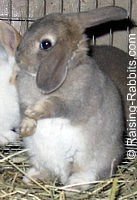
In Pounds Sq.
inches
3-5................280
6-8................360
9-11...............540
12 or more.......720 (24"x30")
Recommended Space Requirements for Nursing Does
Size of Rabbit Space Requirement
In Pounds Sq. inches
3-5................576
6-8................720
9-11...............864
12 or more.......1,080 (30"x36")
It's
remarkably easy to build your own rabbit cage.
We'll show
you how to complete every step of cage-making, and more.
Or if you prefer, you can purchase ready-made cages for a
little bit more money. Many pet stores, feed stores and rabbit manufacturing
companies sell very nice cages for both indoor and outdoors. (DON’T get one
with solid plastic sides...it gets too hot for the rabbit.) You can get cages
complete with urine-guards, feeders and water crocks should you wish.
Cage Enhancements:
Here are a couple ways to improve your pet rabbit care:
Put a piece of 1/4 inch plywood on top of the cage. That helps the rabbit feel safer, because the cage will feel a little more like a burrow.
Resting Boards in all-wire cages: There
are various sorts of resting boards you can purchase for the bunny's comfort,
and still get the benefits of the wire floor, like cleanliness and ease of
cleaning.
Aromatherapy Resting Mats
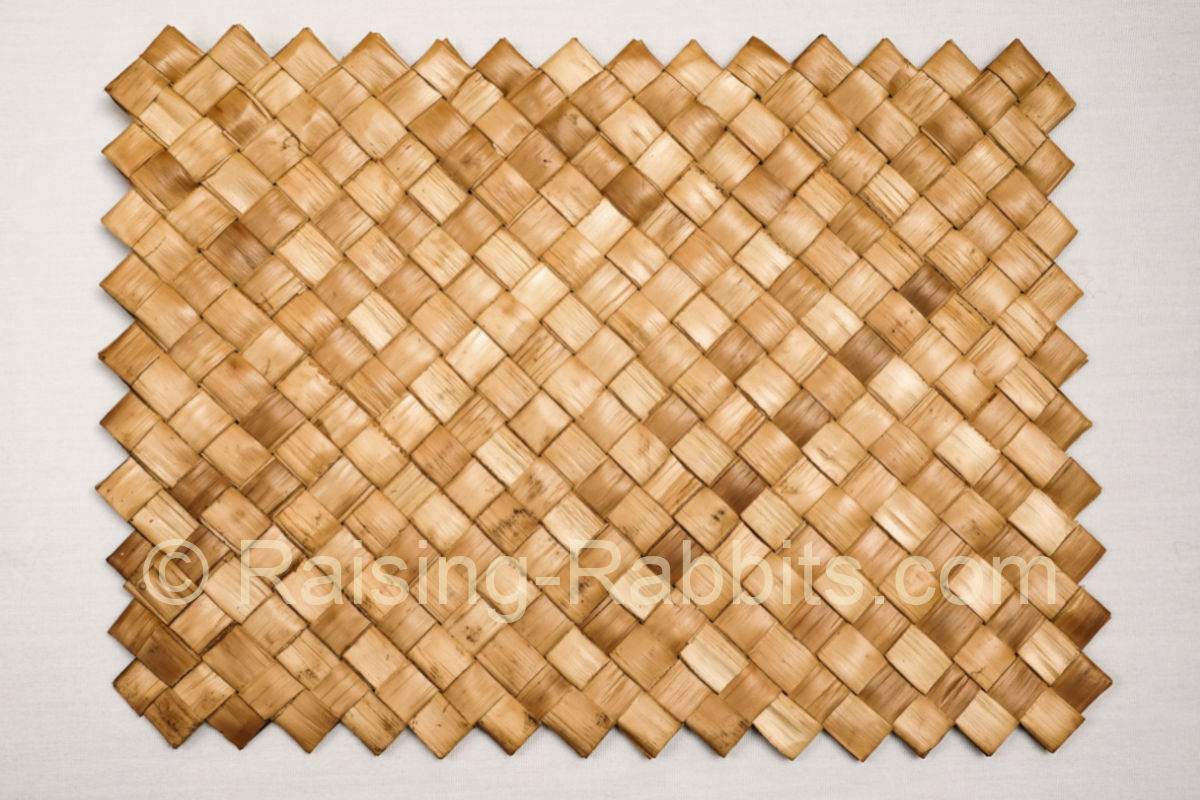
Raising-Rabbits Aromatherapy Resting Mats are safe, chewable mats infused with lavender essential oil.
- Resting mats provide a smooth surface for bunny to sit or lounge on, especially in all wire cages.
- The lavender essential oil provides a wonderful fragrance that tends to calm and soothe rabbits, even when they are stressed.
- Rabbits chew! These mats are completely safe for chewing, providing plenty of nontoxic fiber.
To find out more or to buy, click here: Aromatherapy Resting Mats
Pet Rabbit Care Tip #2:
Pet rabbits need a clean living area.
Cleanliness and low ammonia levels are very important for rabbit health. Pet rabbit care always involves careful attention to keeping your rabbit spaces clean. We prefer all-wire cages because they stay clean longer and are well-ventilated. (Keep rabbits out of direct drafts.)
- Disinfect with bleach, or vanodine, or Jeyes Fluid, and then let the sun’s rays finish the disinfection by leaving the cage outside for a day or two, if possible. The cage or hutch doesn’t have to be sterile, but you do want the germ level to be low, and the odors to be sweet (no ammonia smell)
- For indoors, litter-box-train your pet rabbits, use wood-based bedding or litter, and clean it out at least once a week.
- What rabbit litter is best? Surprisingly, the best we have found, considering cost, effectiveness and safety, is the tried-and-true kiln-dried pine shavings. Get all our recommendations on rabbit beddings here.
Pet Rabbit Care Tip #3:
Pet
rabbits need a stress-free environment
That is, stress-free as much as possible. That’s because they are prey animals, nervous, and easily startled. (They can actually die of fright.)
Understood, there’s not a pet rabbit alive that is completely stress-free all the time, but if it has a retreat (its cage) or a safe hiding spot to which it can flee when it feels afraid, its anxiety levels will remain very low most of the time.
If you notice that your pet rabbit doesn't like being picked up, it is likely because a prey animal always fears for its life, at first. But with gentle care, slow movements and frequent handling, you can teach your bun through experience that you're not the big bad wolf. He'll lose most of his fear eventually, although probably not the actual timidity.
You don't have to turn your house into a silent tomb for the sake of your bunny. Just ensure that your pet rabbit can 'escape' to safety when he gets stressed. For more information on pain vs. fear in the mind of a rabbit, see Taking Care of Pet Rabbits.
Bunnies Day Out!
You want your fluffy friend to enjoy life with you, so now you can take them along in comfort and style in a fashionable tote from Oskar and Friends. THREE beautiful styles and smart color choices!
Totes can accommodate up to a 15 pound rabbit. These high quality carriers are only $65 for all styles and colors, making them very reasonable gifts.
- Adjustable safety tether and zip top mesh for extra security
- Easy to clean
- Constructed of faux leather
- Machine washable bed pad
- Multiple pockets for carrying treats and belongings
Learn more about the many features of the Oskar & Friends pet carriers.
Pet Rabbit Care Tip #4:
House rabbits need a rabbit-proof
environment
Your little bunny loves to chew. But imagine the shock if they bite into
an electrical cord.
Pet rabbit care may include thinking like a rabbit as you evaluate each room in your home. Drop to the floor and look around. What would a rabbit do? Watch for toxic houseplants. Antique chair legs are chewable, as are the baseboards.
Hmmm, better keep a close eye on your rabbit initially, until you know he'll be safe when loose in your house.
Chew Stix by Raising-Rabbits
Just the sticks your bunnies need for chewing and gnawing!
Fruit-infused Raising Rabbits Chew Stix are nature's blessings from the beautiful Washington State forests and orchards.
Fresh alder branches are harvested from trees grown without chemicals, pesticides, or smog. Those branches are then hand cut down to bunny size portions, and infused with apple from Washington’s famous apple farms.
Alder is perfect for rabbit dental hygiene! The apple taste and smell will attract your bun, and they can chew to their heart's content, saving your phone cords and your sanity.
Pet Rabbit Care Tip #5:
Pet rabbits need nutritious food
You can feed commercial pellets from the local pet or feed store, or feed a small amount of pellets along with hay and fresh green forages.
Please check the date on the bag and purchase feed that is fresher than two-and-a-half months old. Old feed loses enough nutrients through oxidation to seriously affect a rabbit's health.
Your young growing bunny can be free-fed commercial pellets. But at around 5 months old (or 4 months for smaller breeds), the bunny’s weight gain begins to level out.
At this point, you can cut back on the feed and give him only what he will clean up within a few hours or so. This means many hours per day with an EMPTY food crock. Despite the empty food crock, the bunny will still eat cecotropes and whatever hay or straw you have provided.
For pet rabbits, the very best rabbit feed we have found is milled by Sherwood Forest Rabbit Food. It is available through Amazon.com.
Pet Rabbit Care Tip #6:
Don't overfeed your pet rabbits
A big pitfall is feeding your pet bunny rabbit TOO MUCH, especially as it becomes an adult. Turning it into a bowling ball is not good.
Don’t fear the bunny will starve - the
best thing you can do for your rabbit’s health and longevity is to not overfeed it.
Here’s how to be sure you’re doing a good job feeding your bunny:
- Weigh the rabbit at 5 ½ to 6
months of age (9 months if a giant breed), and use that weight as a baseline. Forever after, unless
pregnant, you should aim to maintain your pet rabbit’s weight at this
level.
- 1 ounce of pellets
for every pound of rabbit, measured by weight, is the usual rule of thumb. If your rabbit weighs 6 pounds, you would
expect that 6 ounces of pellets per day will keep the rabbit healthy and maintain its weight at an ideal level, understanding that activity
levels and individual metabolisms may alter this amount just a
little.
- Weigh your rabbit periodically to ensure that its weight is stable
- Readjust the amount of your rabbit's feed and exercise levels depending on each weight.
- Also note its behavior. If it dives into its feed desperately like it
hasn’t eaten for a week, give it a bit more. If there’s feed still left over
at the next feeding, feed a little less.
- Do allow your rabbit to eat grass hay every day or frequently, as much as it wants. Hays such as orchard grass or timothy hay improve health and
digestion, without the risk of obesity.
See Feeding Rabbits for lots more information on feeding adult rabbits and adding green forages and veggies to the diet.
See Raising-Rabbits' Feeding Your Rabbits E-Book
Pet Rabbit Care Tip #7:
Pet rabbits need lots of fresh water
Ample water is essential to wellbeing,
even to survival. Give them all the fresh water they can possibly drink, every
day. If they get all
they need, they'll be healthy and well-conditioned. Clean and disinfect both crocks and water bottles on a regular basis.
If a rabbit stops eating, the first thing to check is the water. The water valve might be clogged, or the crock knocked over. Rabbits cannot eat if they cannot drink.
If you choose a valved water bottle, the ones with lids at
the top are really cool. Instead of unhooking the thing from the cage to fill
it, you can open the lid and fill it from the top. But these still need to be
cleaned on the inside now and again. A bottle brush works well.
Pet Rabbit Care Tip #8:
Pet rabbits do well with carefully selected toys and
entertainment
Pet stores are bursting with rabbit toys they'd love to sell you. Some are downright ingenious.
But here are some easy and handy ideas for toys that can entertain your bunny for hours, or at least until they're chewed to smithereens... (Find more info on toys for rabbits here.)
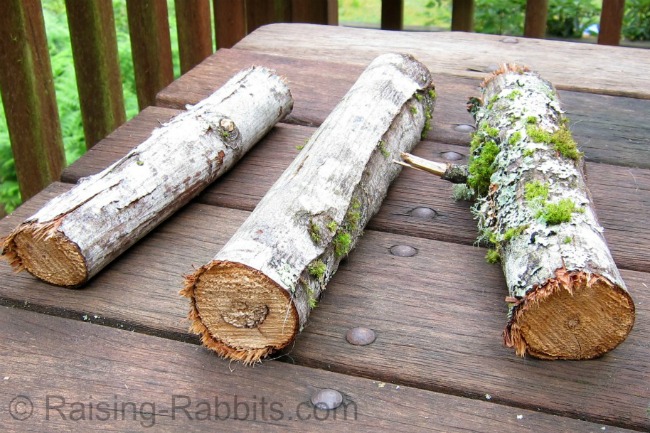 These branches for rabbits to chew are 1" - 2" in diameter. Smaller works well too.
These branches for rabbits to chew are 1" - 2" in diameter. Smaller works well too.- Empty toilet paper
roll. As is, or stuff it with a handful of hay.
- That paper plate you used to cover your
lunch in the microwave. It's spattered with delectable
smells. You could give him a fresh plate if you like, too. (Paper only - no
Styrofoam.)
- Break a limb off a tree, dead
or alive, and give your bunny a chunk of it. Rabbits love, and need, to chew.
They'll love gnawing on tree bark. Just be sure the tree is not a toxic one. Alder, apple, pear and apricot are fine (no cherry, and go easy on peach branches - see Pet Safe Plants). Raising-Rabbits offers fruit-infused chew sticks! See Rabbit Chew Sticks for more info, and to purchase.
- Scrap pieces of lumber work for
chewing also. Our rabbits don’t seem to have had any problem with plywood; and some of them have chewed their pieces pretty
darn near to oblivion.
- A used cardboard box makes for
great entertainment, and a safe haven, once the bunny chews his way into the
dark, safe space. While you're at it, you could hide a tiny sliver of apple
tucked into some hay in the box as encouragement for your rabbit. Or, turn the
box on its side and leave it open.
Pet Rabbit Care Tip #9:
Pet rabbits need daily care, kindness and a bit of
attention
In return for its daily care, your bunny will learn to accept you as
the Big Rabbit in its life.
Your pet rabbit needs your care every day. It needs protection. In many circumstances, its only access to food and water are what you bring it. Your kind and gentle presence in its life is very 'bunny-like.' Give it a bit of your time and affection each day.
But don't forget that you are the Big Rabbit. Set the rules. Treat your pet courteously and care for it daily. In return you'll get the affection and interest of your long-eared furry friend.
Enjoy your pet rabbit!
Rabbit Raising Problem Solver provides complete Q&A on pet rabbit care
Double-Value Guarantee
Our policy is to always OVER-deliver
on value,
which is why your purchase is fully covered by our
Double-Value
Guarantee.
Go ahead - take any of our e-books for a test drive. Peruse our detailed informational and educational e-books. Examine our plans for building rabbit cages, runs, or metal or PVC hutch frames. Check out the Rabbit Husbandry info e-books.
If you aren't completely satisfied that your e-book purchase is worth at least double, triple or even quadruple the price you paid, just drop us a note within 45 days, and we'll refund you the entire cost. That's our Double-Value Guarantee.
Note: When you purchase your
e-books, they will be in PDF format, so you can download them to any device that
supports PDF format. We advise making a back-up copy to a drive or cloud
account. If the books are lost, you can also purchase another copy from Raising-Rabbits.
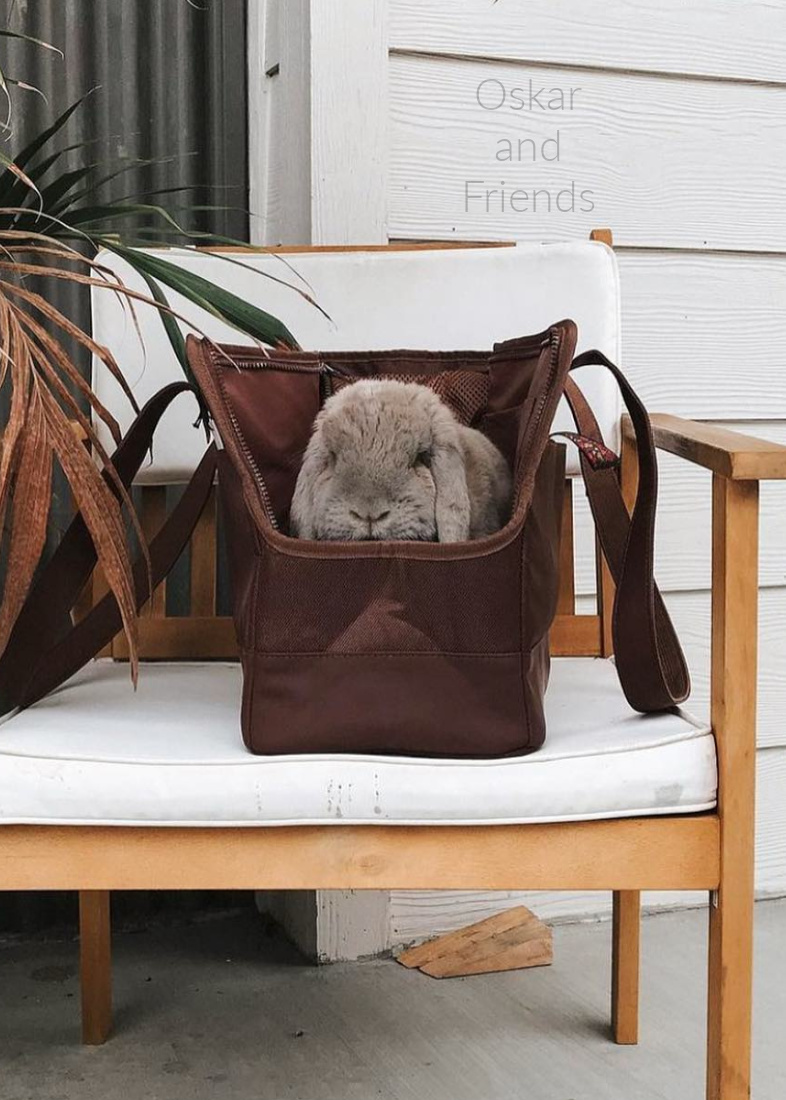
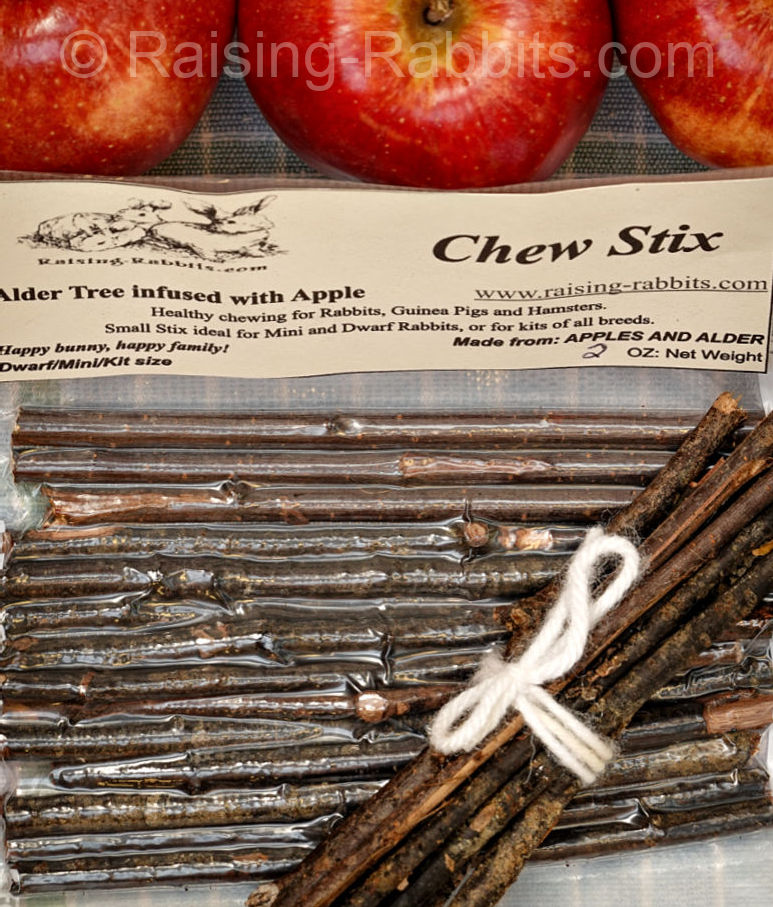
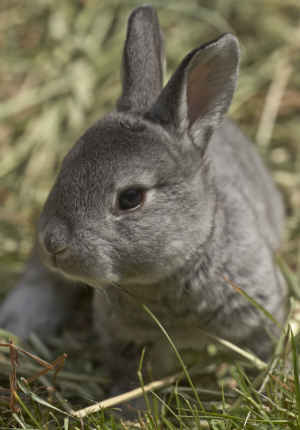
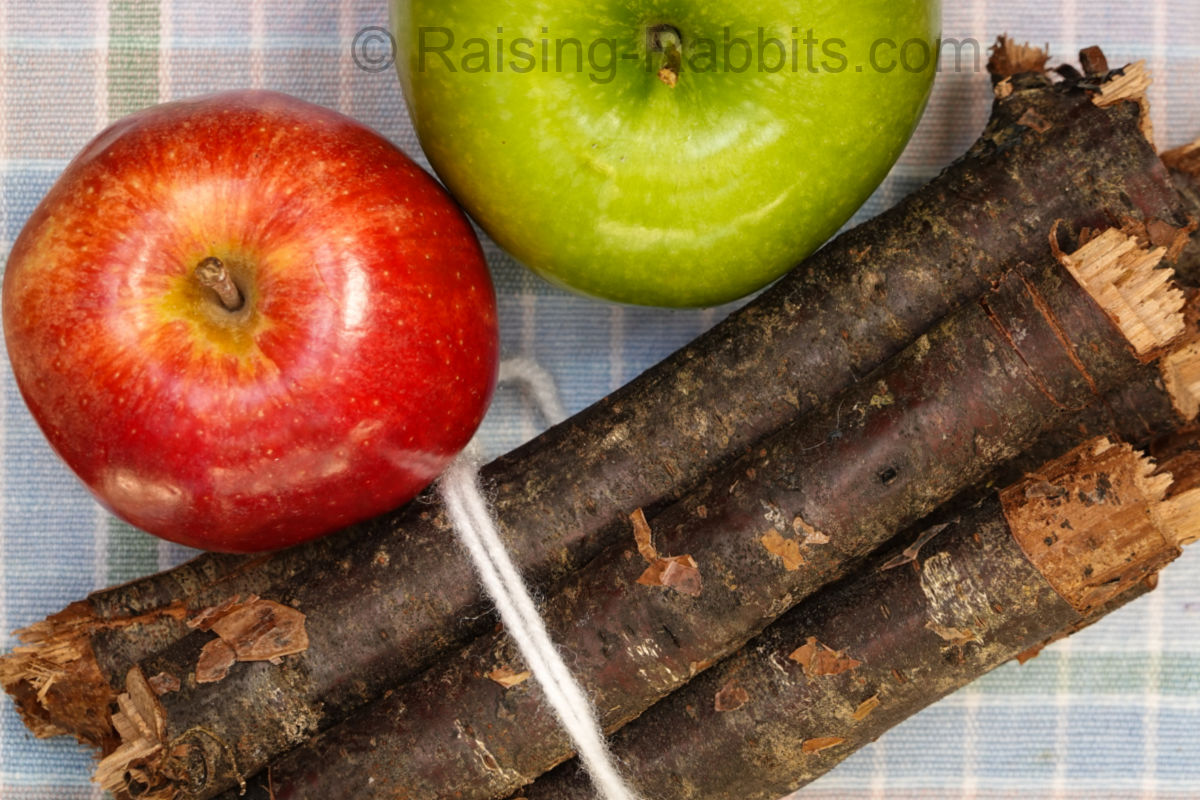
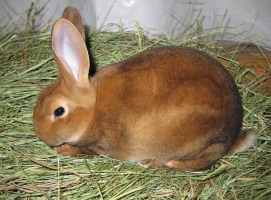
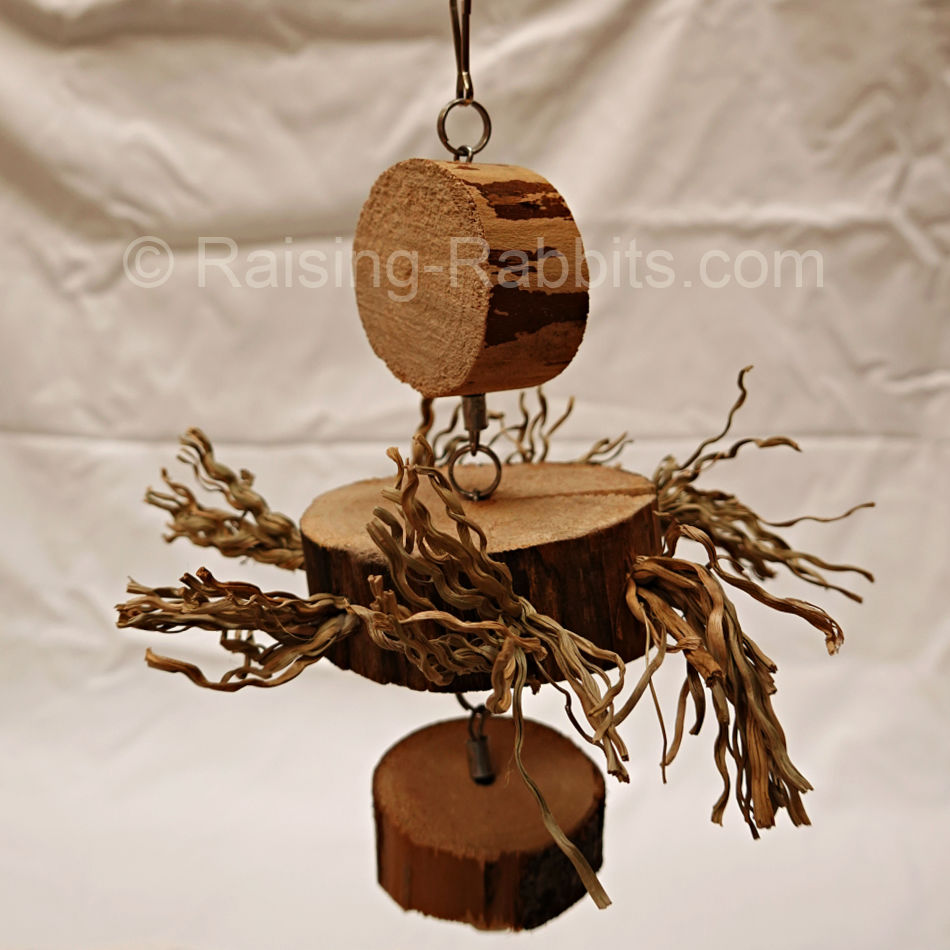
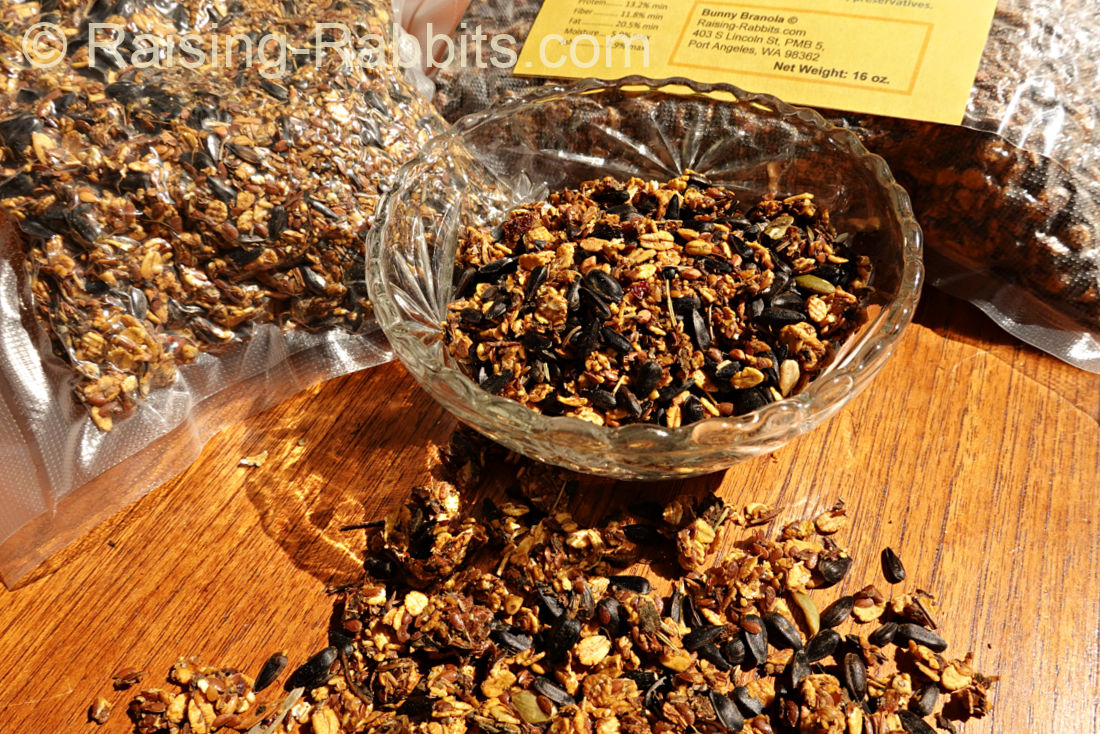
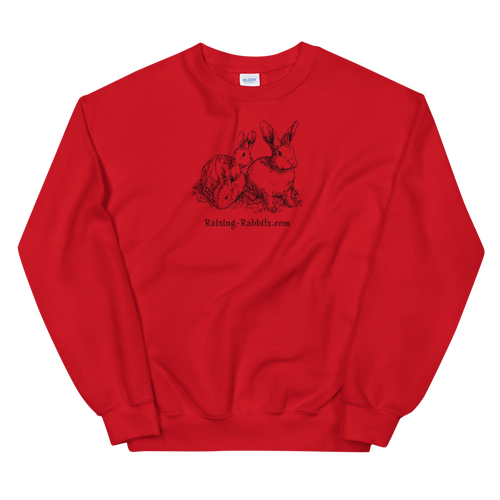

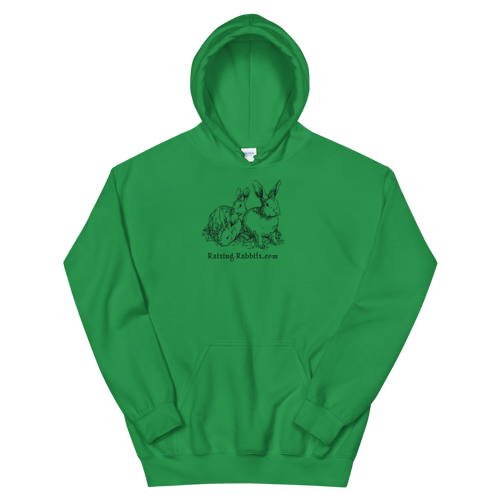



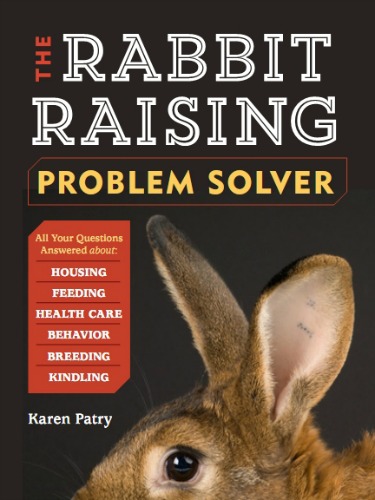

New! Comments
Have your say about what you just read! Leave me a comment in the box below.